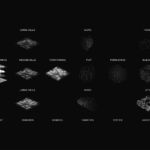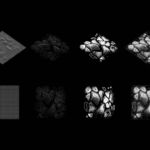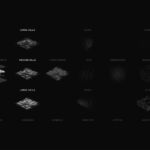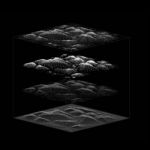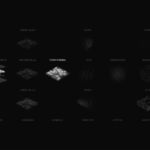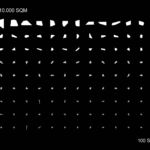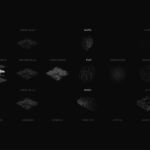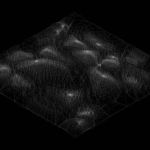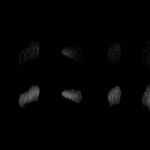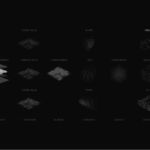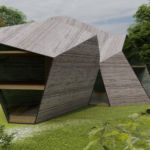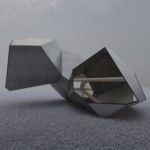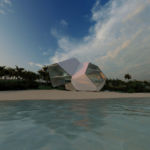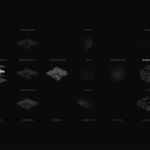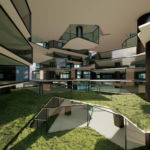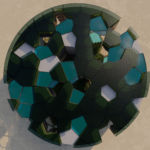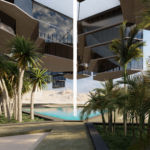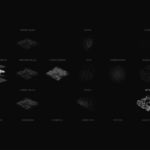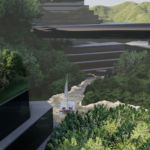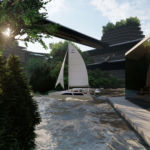Felipe Rey
Dichotomy – Architecture generating machine
The research is located between the natural and the artificial, moving from one to the other. It generates a system of opposites, private public, work life, natural environment, artificial environment. My hypothesis works with the idea of the limit between the natural and the artificial. Studying a natural context, I extract formal and organizational logics to hybridize artificial conditions. The work aims at the construction of an architectural system that changes the way we live. The life of the future points to a dense community that demands open and natural spaces. The construction of natural spaces and microclimates inherits logic and behaviors from the context studied.
Dichotomy proposes the construction of an architectural hybrid model. The research builds a work methodology based on systems of variables. From a natural context, ranges of maximum and minimum values are defined to regulate the capabilities of the model.


